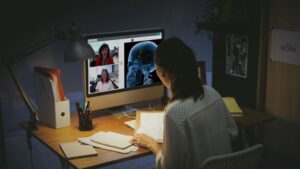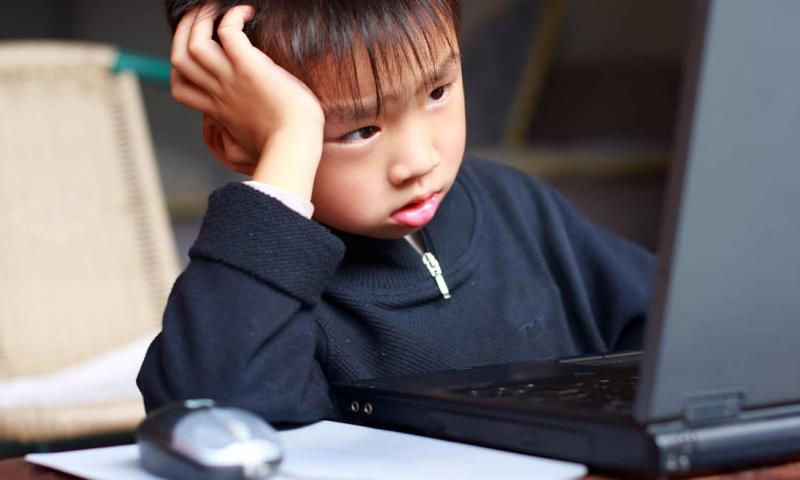It may be 2021, but a lack of access to computers and the internet is still making life hard for Australian families in rural or low-socioeconomic areas.
Australian families have had to switch to online learning, work, and healthcare services in record numbers this year. For the 2.5 million families who do not have access to the internet or computers at home, this has created a challenging lack of equality that researchers call the ‘digital divide.’ This divide has presented difficulties for kids and teens as education moves online.
While schools have been increasing online learning in recent years, the pandemic has seen our reliance on online platforms become invaluable. Not only is access to the internet essential for education, but it also provides school-aged children with a sense of community and connection with their peers.
A study from the University of Tasmania suggests that 46% of children are potentially negatively affected by lack of educational outcomes, nutrition, physical movement, social and emotional wellbeing by being physically disconnected from school.
Families without the internet also miss out on Telehealth services and easy access to Government support such as MyGov, as those services increasingly move online.

For parents, a lack of access to a computer or the internet means difficulty applying for jobs, conducting interviews, or maintaining their current workload. For example, if a family only has access to one computer, either a child doing online learning from home or a parent working can access the internet at one time.
The Australian Bureau of Statistics has confirmed that finances, location, and a lack of digital literacy are the primary reason for the high numbers of Australians with no internet access. The digital divide is often socio-economic, but students in rural areas often do not have the same kind of internet access urban students do.

This is where public libraries would usually provide an essential service. Public libraries allow for access to books and free access to computers, printers, and internet services. In addition, public libraries often have reading times, and kids’ activities organised, which are an excellent way for children to learn and socialise and give parents a much-needed break while they access computers.
Not only are libraries great for families needing to access these services, but they provide free education and knowledge that can otherwise be found exclusively online. State libraries often have reading groups, exhibitions, artworks and provide social groups that fill in for a lack of internet.
In addition to libraries, public Centrelink offices often provide computers and internet service for income reporting, job searching, printing and generally making digital literacy possible for people of all ages without computers or the internet.
Unfortunately, the pandemic has seen the closure of public libraries and Government offices that act as vital community hubs that provide essential services, making the digital divide wider than ever.

Considering a lack of public services, teachers become essential. The only option they have is to accommodate their student’s needs and provide work and learning primarily through hard copies. However, children who miss out on Zoom classes miss out on the benefits of group learning and socialising with their peers.
While the digital divide is being assessed and addressed, we can only hope the gap slowly disappears.
Thankfully, some charitable organisations such as The Smith Family are working to try and lessen the divide. They have been providing digital access programs to kids and teens since 2007 in the hopes that everyone gets access to digital literacy. You can provide sponsorship for digital literacy to a child by contacting the Smith Family.



